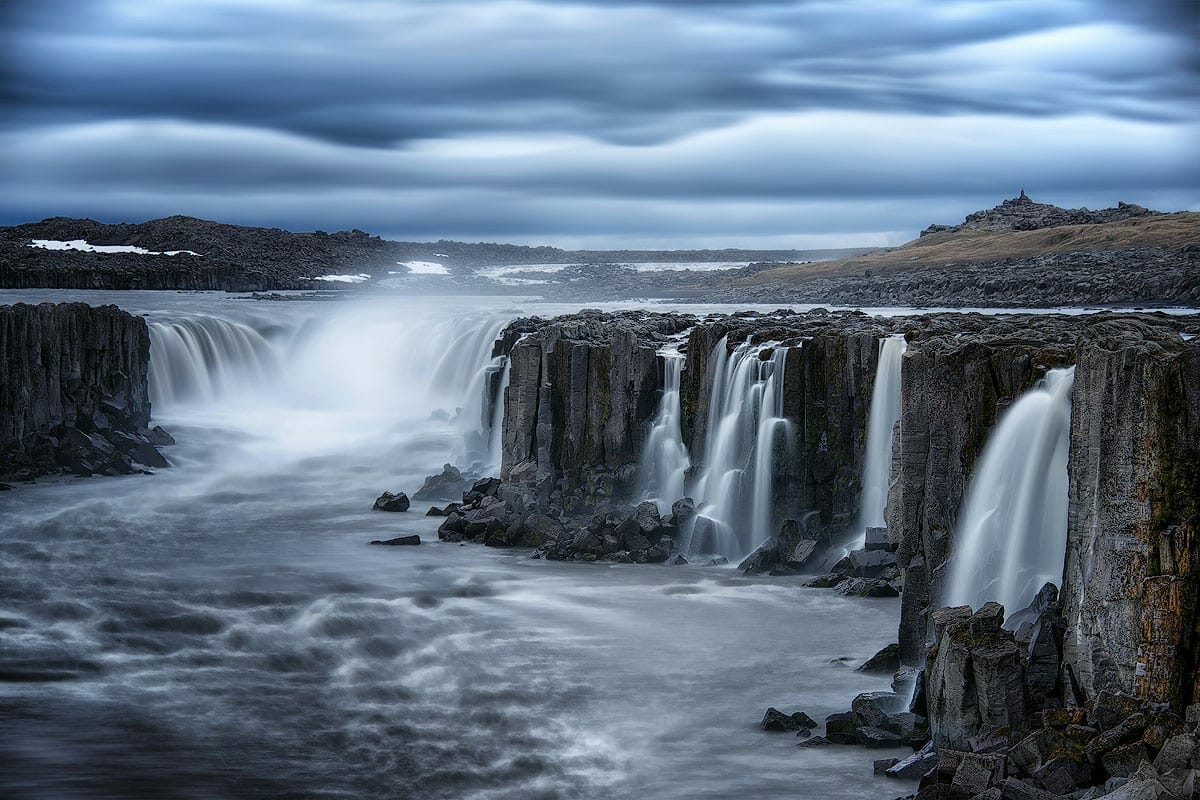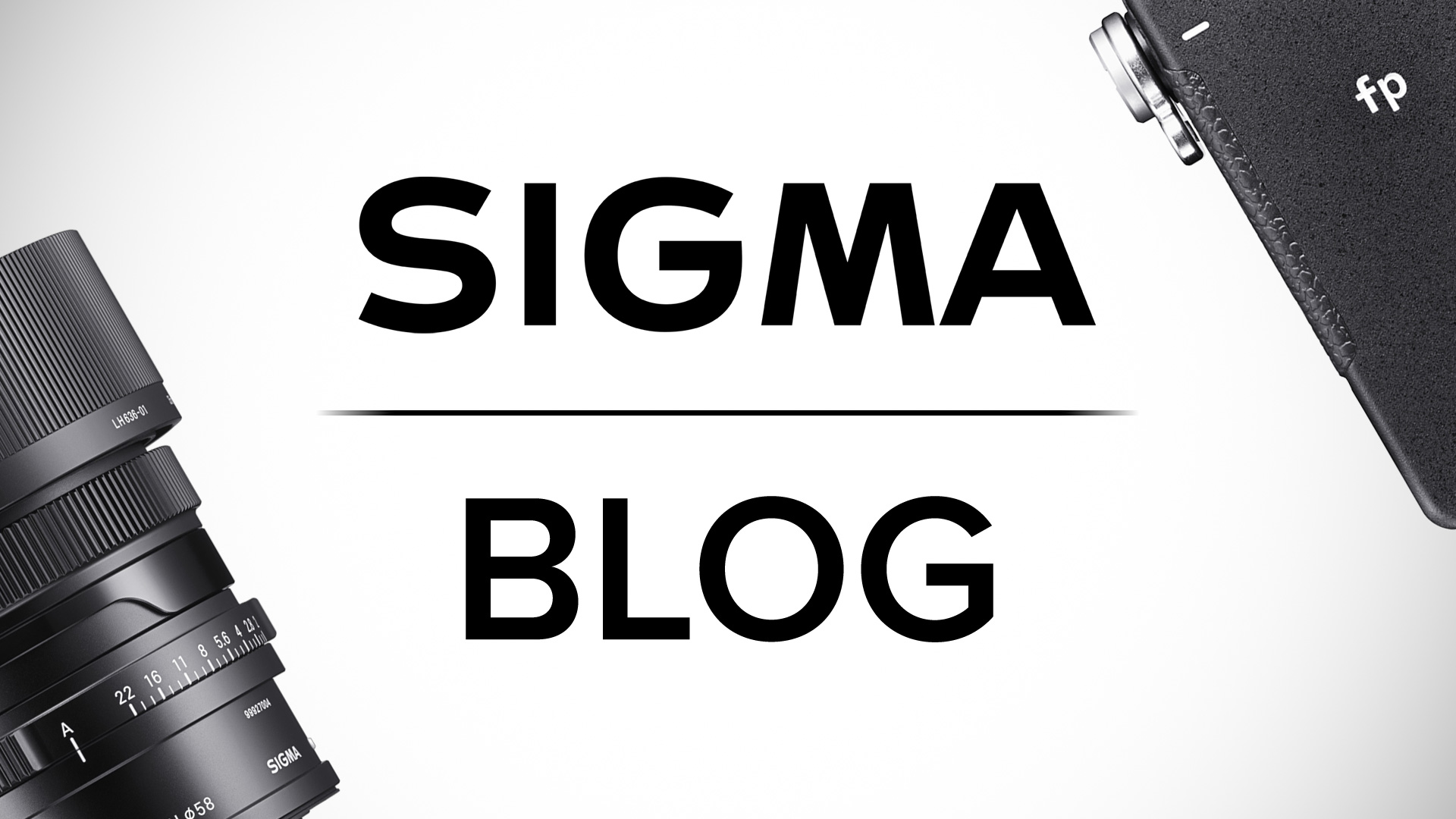- Joined
- Jun 10, 2019
- Messages
- 50
- Reactions
- 41
Hi All
I know there is no “rule” to what setting to use as it depends on the scene. However I am a little confused about why I would choose a lower frame rate when shooting in 4K? Surely 30fps is what I want? Does anyone know of a good YouTube video on how to get the best from the MP2? I am new to all this tbh as previous drones just had go pro’s On and I got the footage I was given. I am getting very choppy footage at the moment when moving at speed. 4K 30fps. Especially when rotating the drone.
I have worked out ND filters will help with this from videos. What filters should I buy? I plan on going to Hawaii in a couple of months so grabbed the drone now to practice with. I will want to obviously film in some fairly bright light. Hoping to have a crash course in learning this drones camera.
Are the DJI filters the best ones?
I have looked at some YouTube videos but one person says one thing another says another so any reputable videos/advice would be welcome on this.
Thanks all
I know there is no “rule” to what setting to use as it depends on the scene. However I am a little confused about why I would choose a lower frame rate when shooting in 4K? Surely 30fps is what I want? Does anyone know of a good YouTube video on how to get the best from the MP2? I am new to all this tbh as previous drones just had go pro’s On and I got the footage I was given. I am getting very choppy footage at the moment when moving at speed. 4K 30fps. Especially when rotating the drone.
I have worked out ND filters will help with this from videos. What filters should I buy? I plan on going to Hawaii in a couple of months so grabbed the drone now to practice with. I will want to obviously film in some fairly bright light. Hoping to have a crash course in learning this drones camera.
Are the DJI filters the best ones?
I have looked at some YouTube videos but one person says one thing another says another so any reputable videos/advice would be welcome on this.
Thanks all














